Ruby is one of the four major gemstones in the world. Its hardness is second only to diamond. It is red due to the crystal containing the element chromium. Since the age of ancient civilization, ruby has been called the “king of gems” and has always been a treasure collected by nobility and dignitaries. Natural rubies are very rare and are mostly produced in Myanmar, Thailand, Sri Lanka and other countries.
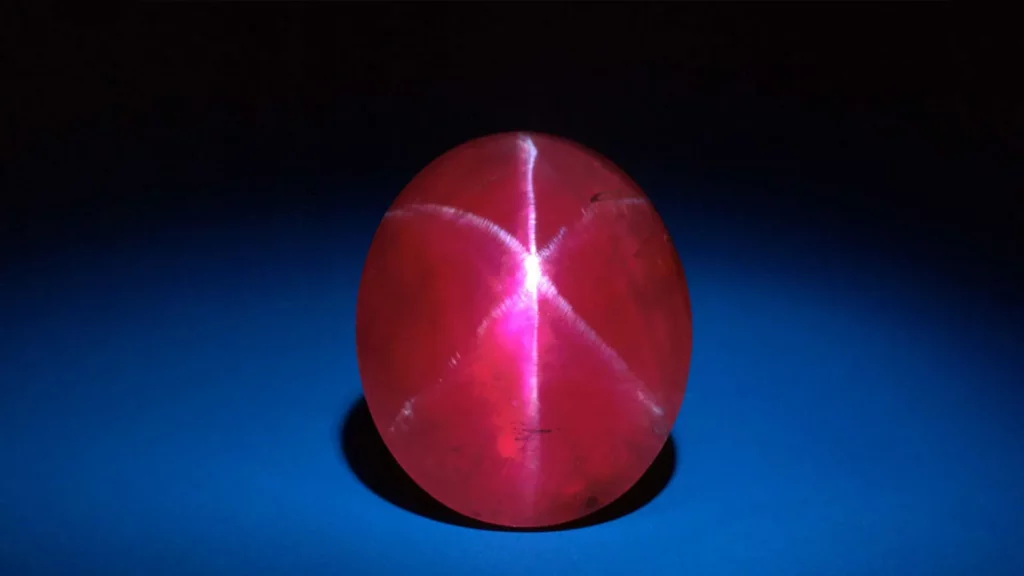
Photo Source: Internet
Rare Treasure
The veins of ruby deposits are shaped like dragons; they are distributed in single lines and are usually no more than two meters in wideth. Due to geographical and economic reasons, the mining of rubies is still carried out traditionally, relying on human labor with the use of tools such as baskets, sieves and pans. This makes the whole mining process extremely challenging.
Generally, out of the 400 to 500 tons of ore sand, only about one carat of rough ruby can be selected; in an average of 1,000 rough, only one ruby of gem quality can be selected. Due to the “ten reds and nine cracks”, natural rubies without a single flaw or crack are extremely rare. Therefore, rubies are considered to be one of the rarest and most valuable gemstones in the world.
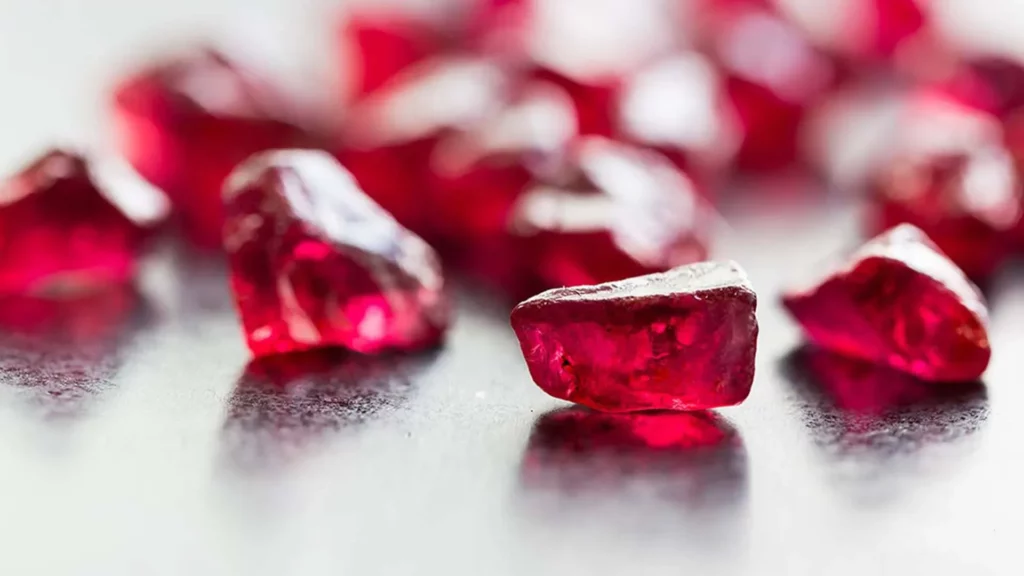
A Symbol of Nobility
In the West, people believe that rubies are the most precious gems created by God and are often set in crowns. For example, the crown of Queen Elizabeth II is set with 96 rubies, showing the solemnity and luxury of the royal family. In addition, in the weddings of European royal families, rubies are regarded as the witness of the wedding, implying the constancy and eternity of love.
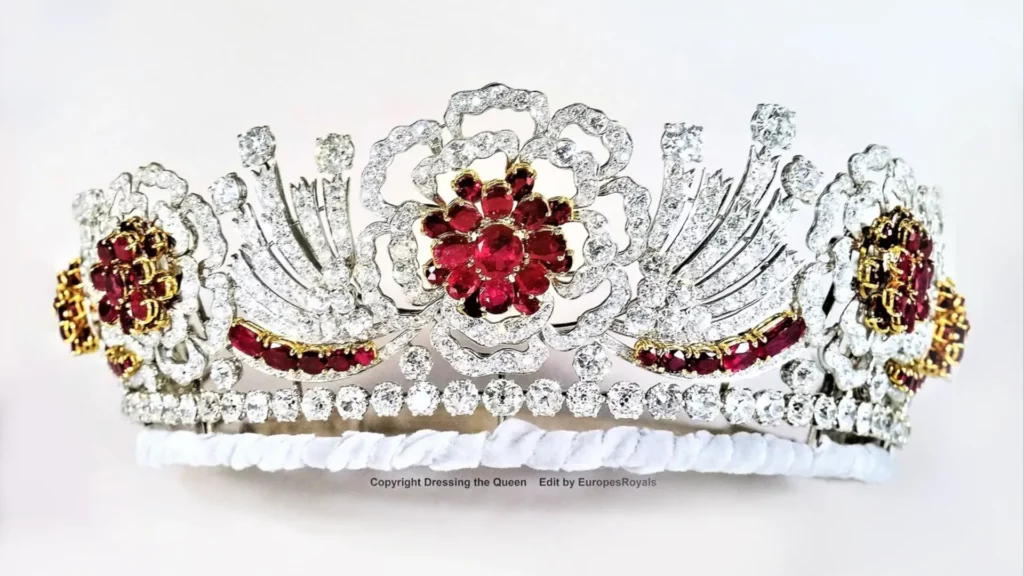
Photo Source: Internet
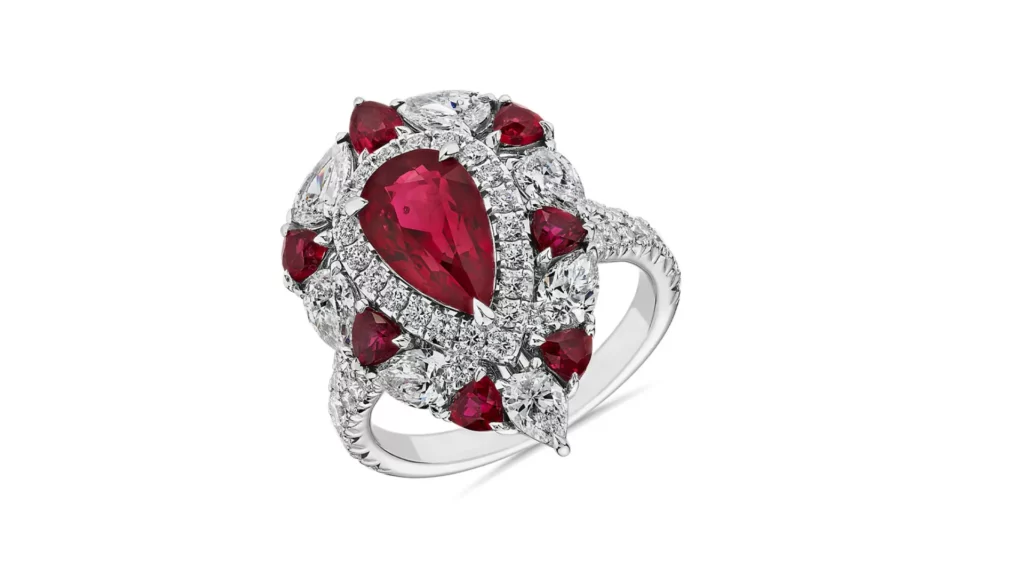
Ruby is not only popular with royal families in the West, but also highly respected by the royal families in China. During the Qing Dynasty, the grades of princes and ministers were distinguished by the type of gemstones they wore on their court hat. Only princes and first-rank officials, the highest officials in the dynasty, could wear official caps with ruby beads. Therefore, rubies also have a symbol of noble status in the East.
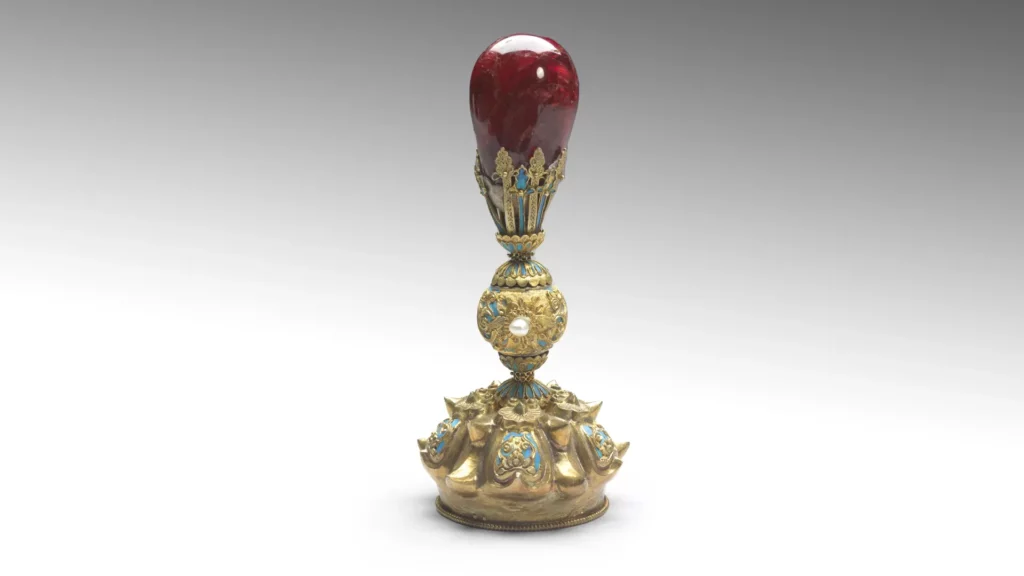
Photo Source: Internet
Miraculous Effects of Rubies
The formation of ruby takes billions of years. During this period, it experiences the extrusion of tectonic movement and drastic changes in temperature, so that it fully absorbs the essence of Heaven, Earth, Sun and Moon, and has the pure energy and magnetic field of Nature.
Wearing rubies improves one’s own energy field, increases self-confidence, inspiration and personal charisma, and also enhances the wearer’s communication and induction with natural energies. Coupled with its own red, it strengthens the yang energy of ruby, thereby having a more significant effect at warding off evil spirits.
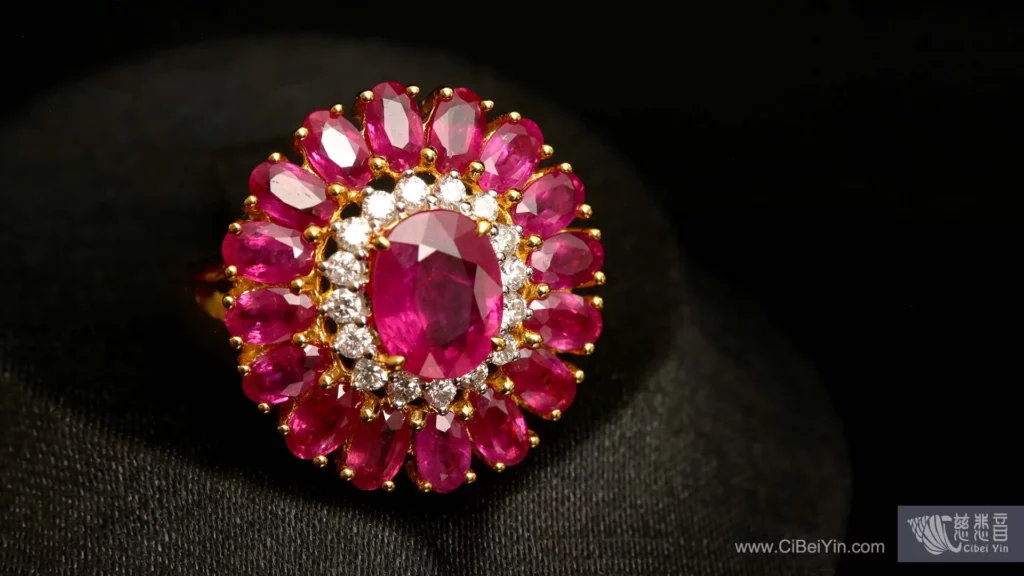
Natural ruby contains a special and refreshing heat energy, which not only relieves cold hands and feet, dysmenorrhea, a cold uterus, infertility and other cold body problems, but can also detoxify, improve eyesight, and invigorate the brain and instill wisdom. In addition, ruby has the property of concentrating energy, which can improve concentration, help blood return to the heart, and enhance heart function.